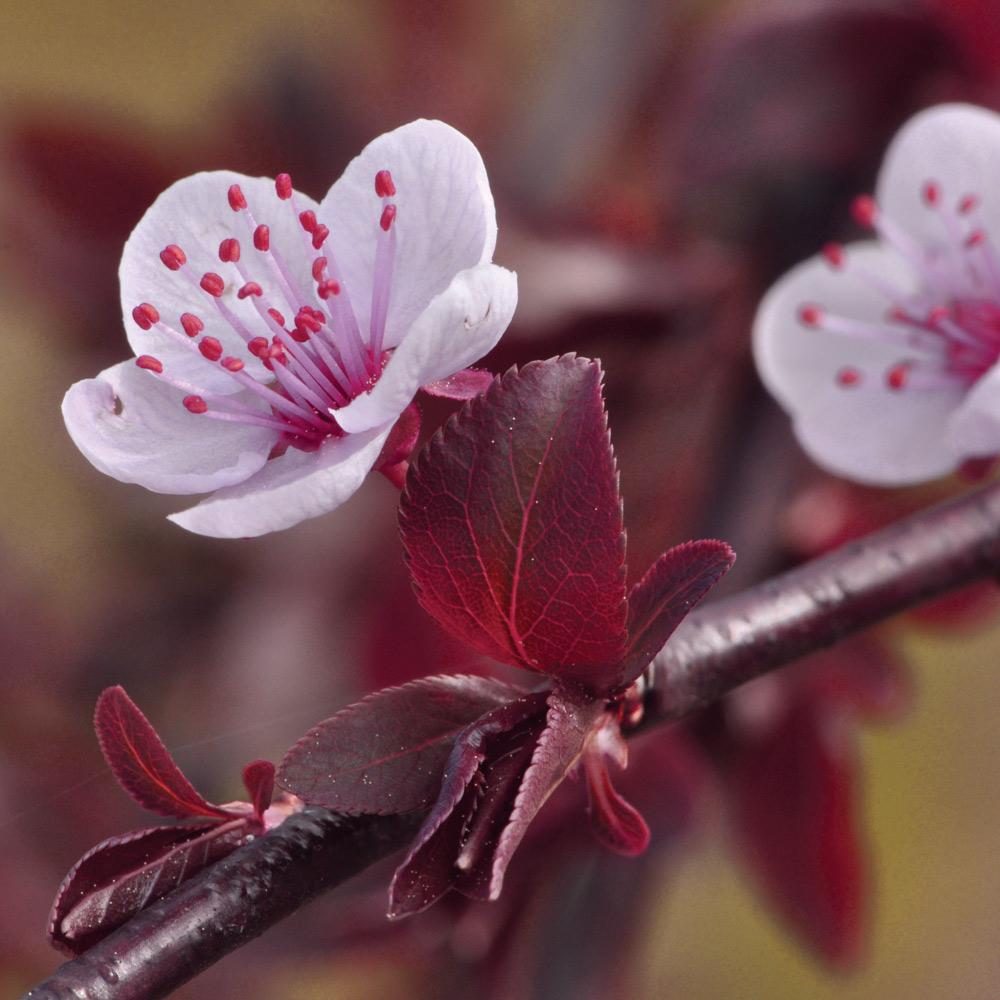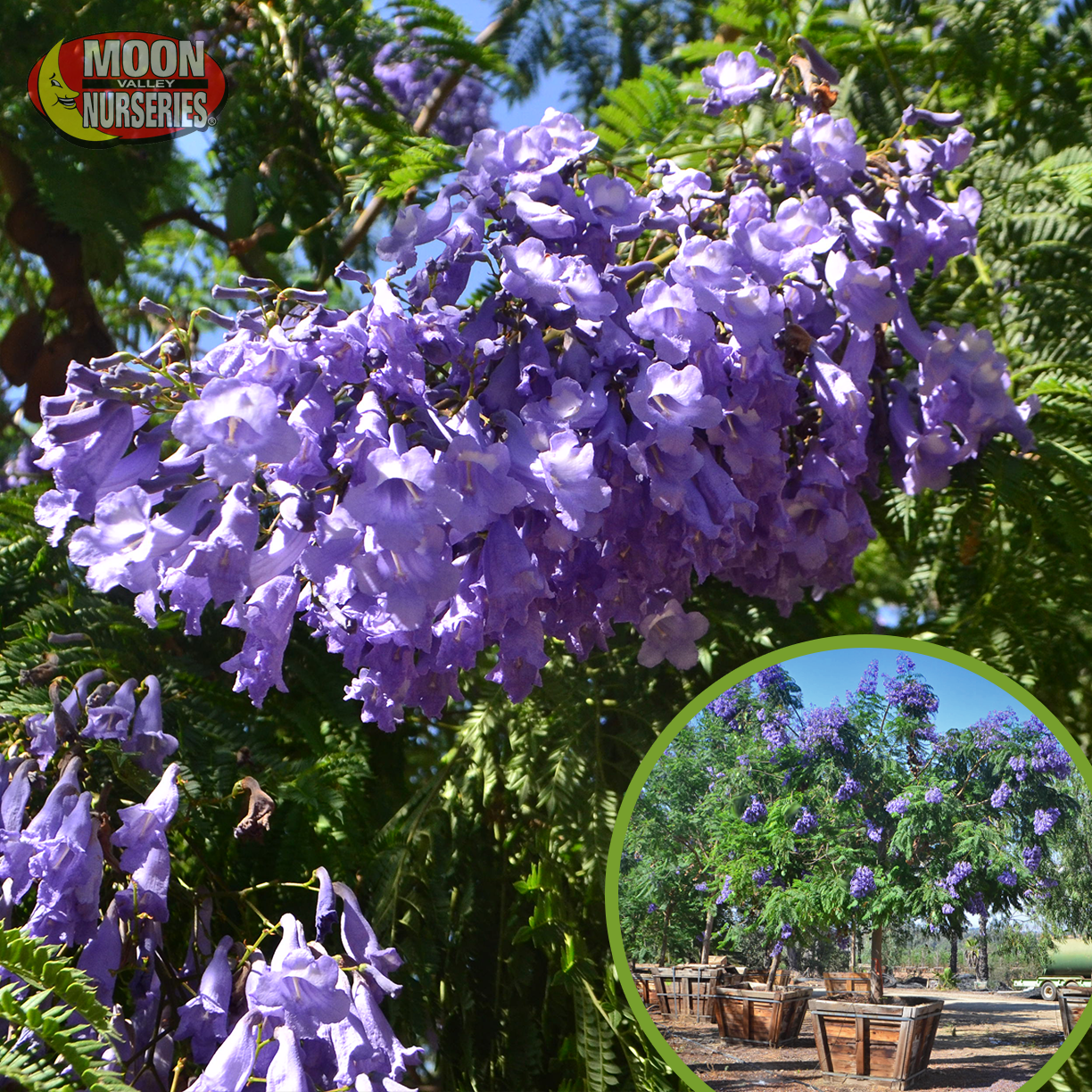
#PURPLE TREE BUSH FULL#
Like flowering dogwood, redbuds are well suited to full sun or partial shade planting locations. Both plants reach a mature size of about 20-30 feet tall. They both require well-drained soils, so they are not suited to locations with poor drainage or high soil compaction.

The floral display of redbud is perhaps one of the best of any small tree in Illinois. For over a month, the tiny pink to purple flowers adorn stems nearly from tip to base creating a canopy of flowers prior to leaf emergence.
:max_bytes(150000):strip_icc()/Purple-ninebark-GettyImages-121853920-58c2af5c3df78c353cd55416.jpg)
Redbud can be considered the other classic spring flowering tree in Illinois forests. Redbud and Dogwood occupy similar locations in the forest, near edges and with coinciding flower displays, together they help mark the awakening of our forests each spring. They make wonderful planting companions offering a great combination of native flowering species that truly bring the beauty of our native flora to the built environment. Although they remain healthy, their flowing display is not always consistent. Some more southern genotypes suffer from a poor flower display due to winter kill of flower buds. Flowering Dogwood ( Cornus florida)įlowering dogwood is one of the classic spring flowering trees in Illinois forests. It frequents forest edge locations with slightly more sunlight than the forest interior, making it adapted to full sun or partial shade locations.ĭogwood flowers are unmistakable in their appearance among other native species. The flower structure is actually quite small and green, whereas the showy, white “petals” are actually bracts, or modified leave structures. This creates a truly unique and attractive bract display that persists for about one month each spring.īeyond ornamental value, this plant is packed with ecological benefit as it supports more than 100 species of native caterpillars.įlowering Dogwood is hardy for Zones 5-9, so Illinois is at the northern extent of its range in the U.S. When purchasing a new dogwood, be sure to source plant materials locally to ensure your tree is hardy for your area of Illinois.

My top four spring-flowering trees - flowering dogwood, redbud, downy serviceberry, and red buckeye - are all relatively small in size, making them an easy fit for most planting locations, and all provide unparalleled spring flowers while supporting native insect populations. Spring is a time of abundant blooms as well as one of the best times of year to establish new woody plants in your landscape. This year, consider adding one, or all, of my favorite Illinois native spring-flowering trees to your landscape, and you’ll enjoy spring floral displays for years to come.


 0 kommentar(er)
0 kommentar(er)
